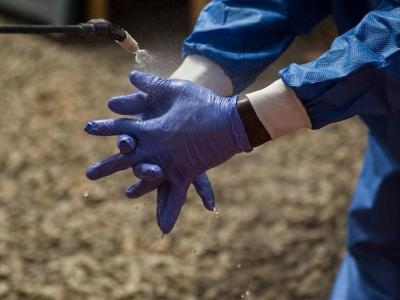
An antibiotic stewardship intervention implemented at urgent care centers (UCCs) in 18 states was associated with significant reductions in inappropriate prescribing for bronchitis and viral upper respiratory tract infections (URTIs) among clinicians who were actively engaged in the intervention, researchers reported today in Infection Control & Hospital Epidemiology.
The intervention, implemented at 49 UCCs across 27 different networks, included signing an antibiotic stewardship commitment statement and selecting from five different intervention options during three plan-do-study-act cycles. Intervention options included patient education handouts and engagement materials, clinician education, treatment guidelines, and signage social media materials.
To evaluate the impact of the intervention, researchers from George Washington University compared the percentage of inappropriate prescribing for bronchitis and viral URTIs during a 3-month baseline period and 9-month intervention period, stratified by clinician engagement and diagnosis. Active engagement was defined as attendance at a minimum of four of nine monthly webinars during the 9-month intervention period, active participation implementation of the selected interventions, and participation in feedback and evaluation.
Significant reductions among engaged clinicians
Overall, among 15,385 encounters, antibiotic prescribing decreased from 18% during the baseline period to 13.6% by the final 2 months of the intervention.
When stratified by clinician engagement, the intervention was associated with a 48% relative decrease in inappropriate antibiotic prescribing for bronchitis (adjusted odds [aOR], 0.52; 95% confidence interval [CI], 0.33 to 0.83) and a 33% relative decrease for viral URTIs (aOR, 0.67; 95% CI, 0.55 to 0.82) among actively engaged clinicians compared to baseline. The intervention did not result in significant changes for clinicians not actively engaged.
The findings are noteworthy given the high rates of inappropriate prescribing reported at UCCs. Most previous studies of stewardship interventions have been conducted within single networks.
"This study highlights the importance of direct clinician engagement with stewardship efforts and provides a broadly applicable approach to antibiotic stewardship implementation in UCCs," the study authors wrote.
.jpg)
_0.jpg)












